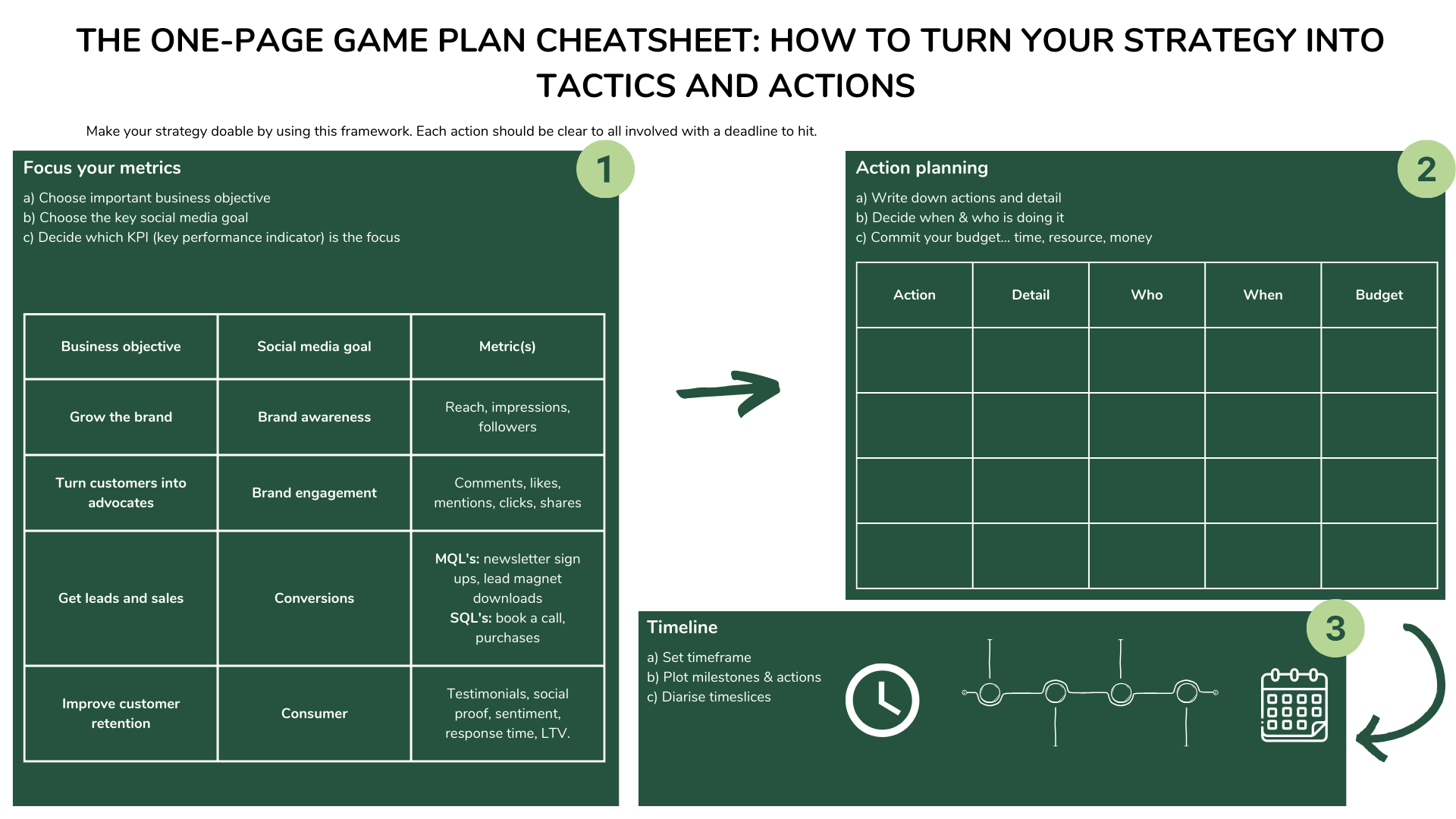Meta ad objectives explained
META AD OBJECTIVES EXPLAINED
Meta offers three levels of ad objectives: awareness, consideration and conversion. Each of the three is designed for a different stage of the customer journey. Within these three levels, there are a total of eleven objectives. With so many objectives to choose from, navigating this stage of your ad strategy can seem overwhelming. This blog will break down the key points of all of the Meta objectives, allowing you to choose the ones which will maximise the success of your ad campaigns.
Meta already uses data to try to get the right ads to the right people at the right time. By selecting your objectives tactically, you can refine this process even more. Choosing the best objectives for your ads will allow you to take advantage of customer touchpoints and make the campaign more cost-effective. Results can be very different depending on the objective you use so it is important to think carefully about which will best suit your aims.
Before looking at what you should be doing (creating ads in Ads Manager and setting objectives), let’s take a look at what not to do. Many fall at one of the first hurdles of setting up their strategy by just boosting their Facebook or Instagram posts and expecting results. Do not make the same mistake. Essentially, boosting your post means ‘’telling’’ Facebook or Instagram to get more likes, comments and shares on it. Although this can be tempting, more engagement like this does not always mean a higher conversion rate. Meta ‘’knows’’ which of its users tend to engage a lot with similar posts and will show your boosted post to these very same people. However, these users are not necessarily those likely to take further steps in the customer journey. Ultimately, more likes, comments and shares are somewhat meaningless if they don’t also result in conversion – and often after boosting a post, they do not. So, do not fall into the trap of simply boosting your posts and expecting results. Instead, create ads where you are able to choose your objective and get the exact results you want.
The objectives offered in Meta Ads Manager:
Brand Awareness
This objective should be selected when the goal of the ads is to increase the number of people who know about your business. Rather than generating sales or even just encouraging people to browse your website, the aim is to create a positive and memorable first impression of your brand.
The type of ad that works particularly well here is image ads, as they are a great way to catch the eye of your target audience and don’t require too much effort from the consumer.
It is worth noting that smaller businesses with a limited budget might not find this as useful as some of the other objectives.
Reach
This helps your ads to reach as many people as possible within your budget and target audience. You can also set the frequency that the ads will appear, as well as the minimum number of days between each ad appearance.
It is most useful for smaller audiences, such as people in the local area.
Traffic
This objective should be selected when you want your audience to engage with your brand beyond Meta, such as by arriving at your landing page, downloading your brochure, downloading your app, or reading a blog post.
Engagement
This is useful when you want your audience to interact with your ad on Facebook or Instagram, such as by liking, commenting or sharing. This can have a knock-on effect on the reach of your ads, as the friends of those who have engaged with the ad may see it and thus also be exposed to your brand. If you want to build social proof, this is a wise objective to choose.
App Installs
This is reasonably self-explanatory; choose if you want to increase app installs.
Video Views
This should only be used when you want to gain a larger video audience. If the desired effect is to get people to click on a link, then the traffic objective should be selected. Alternatively, if it is to encourage conversion, then the conversion objective is best. It is important to make sure you choose the objective based on your primary aim. Where you have multiple aims in mind, ask yourself which is most important for that particular campaign.
Video Views is also useful for gathering an audience which can be used in a retargeting campaign.
Lead Generation
When you select this, customers can provide their contact information by filling in an ‘Instant Form’ in exchange from what you are offering, such as a free download or consultation. The ads under this objective will gather information from people interested in your product or business. Collecting these leads will be useful for retargeting. This can generate promising leads, as those willing to take time out of their day and fill in personal details for your product or service are likely to be very interested in your business.
Messages
Useful if you want to increase interactions on Messenger. This can be a great way to connect with your customers on a more personal basis, and answer any individual queries.
Conversions
This should be selected when the goal is to get people to take concrete action, such as buying your product or picking up the phone.
Meta will use data from previous conversions in order to target those with similar profiles who are thus likely also to convert. A minimum of 15-25 conversions a week is required for Meta to have enough data to do this.
You do need Meta Pixel installed to use this properly.
Choosing this objective can be more expensive than others but the overall cost per conversion can be much lower.
Product Catalog Sales
This allows you to create a dynamic retargeting campaign suited each individual who has engaged with your business. Selecting this will retarget people with the specific product they were looking at. You don’t have to manually create a new campaign for each product, as Meta will do this automatically. This objective can be especially good for e-commerce businesses.
Store Visits
This should be used when you want to maximise the number of people coming into your physical store. Those in the nearby area can be targeted if you set up your business location(s) in Business Manager.
It is far easier to choose this objective than to create a different campaign for each store location.
Create ads with carefully considered objectives, rather than simply boosting your posts. Not only will the Meta algorithm get you the results you want, but thinking about the aim of your ad means you can choose an ad type, copy and creative to match it. Try not to leave choosing an objective shortly before you publish. Instead, think about it at the early stages of ad creation. An ad made with a clear purpose is an ad set up for success.





Sign up to our newsletter for the latest insider insights, top advice and more.
We will get back to you as soon as possible
Please try again later

Shoo Social Media
137 Bolling Road
Ben Rhydding
Ilkley Leeds
LS29 8PN
01943 430245
Info@shoosocialmedia.co.uk




